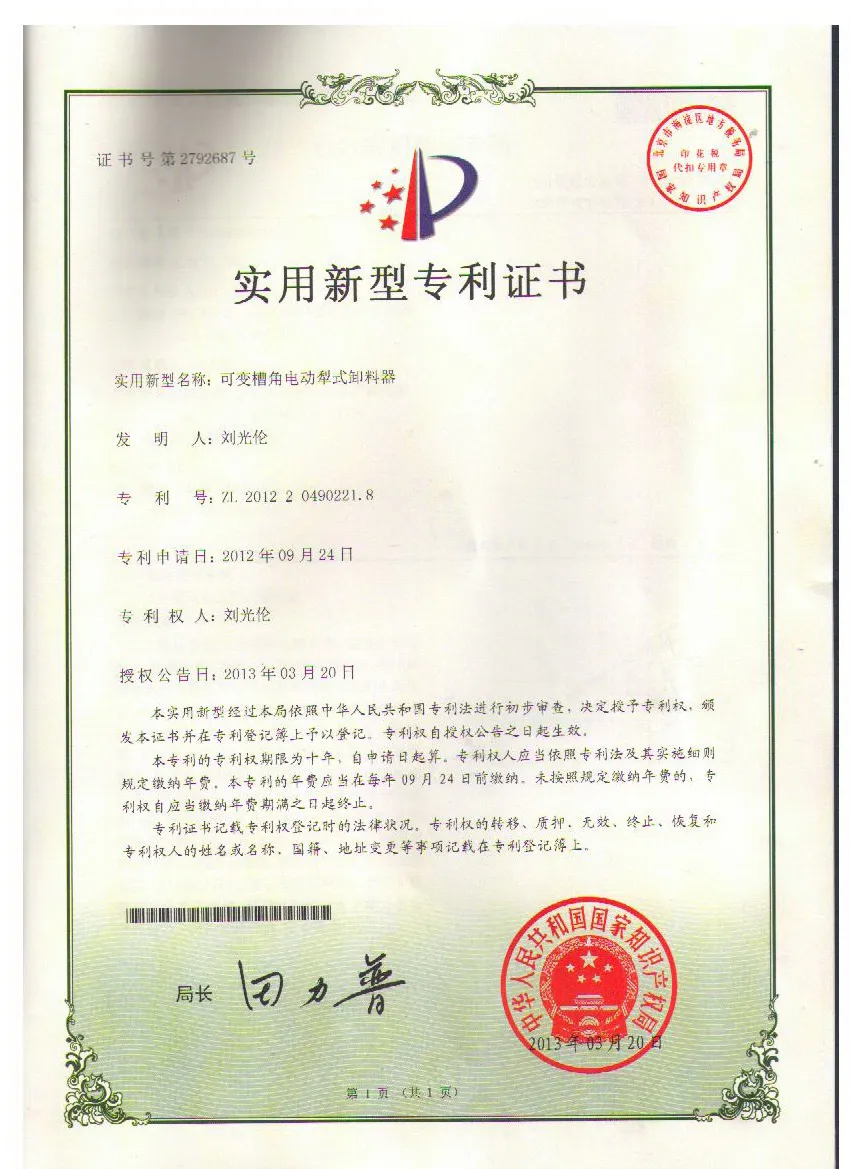 Afrikaans
Afrikaans  Albanian
Albanian  Amharic
Amharic  Arabic
Arabic  Armenian
Armenian  Azerbaijani
Azerbaijani  Basque
Basque  Belarusian
Belarusian  Bengali
Bengali  Bosnian
Bosnian  Bulgarian
Bulgarian  Catalan
Catalan  Cebuano
Cebuano  Corsican
Corsican  Croatian
Croatian  Czech
Czech  Danish
Danish  Dutch
Dutch  English
English  Esperanto
Esperanto  Estonian
Estonian  Finnish
Finnish  French
French  Frisian
Frisian  Galician
Galician  Georgian
Georgian  German
German  Greek
Greek  Gujarati
Gujarati  Haitian Creole
Haitian Creole  hausa
hausa  hawaiian
hawaiian  Hebrew
Hebrew  Hindi
Hindi  Miao
Miao  Hungarian
Hungarian  Icelandic
Icelandic  igbo
igbo  Indonesian
Indonesian  irish
irish  Italian
Italian  Japanese
Japanese  Javanese
Javanese  Kannada
Kannada  kazakh
kazakh  Khmer
Khmer  Rwandese
Rwandese  Korean
Korean  Kurdish
Kurdish  Kyrgyz
Kyrgyz  Lao
Lao  Latin
Latin  Latvian
Latvian  Lithuanian
Lithuanian  Luxembourgish
Luxembourgish  Macedonian
Macedonian  Malgashi
Malgashi  Malay
Malay  Malayalam
Malayalam  Maltese
Maltese  Maori
Maori  Marathi
Marathi  Mongolian
Mongolian  Myanmar
Myanmar  Nepali
Nepali  Norwegian
Norwegian  Norwegian
Norwegian  Occitan
Occitan  Pashto
Pashto  Persian
Persian  Polish
Polish  Portuguese
Portuguese  Punjabi
Punjabi  Romanian
Romanian  Russian
Russian  Samoan
Samoan  Scottish Gaelic
Scottish Gaelic  Serbian
Serbian  Sesotho
Sesotho  Shona
Shona  Sindhi
Sindhi  Sinhala
Sinhala  Slovak
Slovak  Slovenian
Slovenian  Somali
Somali  Spanish
Spanish  Sundanese
Sundanese  Swahili
Swahili  Swedish
Swedish  Tagalog
Tagalog  Tajik
Tajik  Tamil
Tamil  Tatar
Tatar  Telugu
Telugu  Thai
Thai  Turkish
Turkish  Turkmen
Turkmen  Ukrainian
Ukrainian  Urdu
Urdu  Uighur
Uighur  Uzbek
Uzbek  Vietnamese
Vietnamese  Welsh
Welsh  Bantu
Bantu  Yiddish
Yiddish  Yoruba
Yoruba  Zulu
Zulu conveyor idlers
Understanding Conveyor Idlers Essential Components for Efficient Material Handling
Conveyor idlers are pivotal components in the functioning of conveyor systems, which are widely used across various industries for transporting materials. From manufacturing to mining, the effective movement of bulk materials relies on a well-designed conveyor system, with idlers playing a critical role in ensuring efficiency and reliability.
Idlers are the rollers that support the conveyor belt, helping it maintain its shape and alignment while facilitating smooth movement. Typically positioned along the length of the conveyor, they come in different types, such as trough idlers, flat idlers, and garland idlers, each designed to cater to specific loading conditions and material types.
Trough idlers, which form a concave shape to hold materials more securely, are particularly useful in bulk material handling as they prevent the spillage of contents and enhance stability. Flat idlers, on the other hand, are utilized in applications where the materials being handled do not shoulder significant weight loads, such as in the transport of packaged products. Garland idlers, which consist of several rollers mounted at an angle, are ideal for accommodating horizontal shifts or changes in elevation along the conveyor path.
conveyor idlers

One of the primary advantages of using conveyor idlers is that they significantly reduce the friction between the conveyor belt and other surfaces, which decreases belt wear and tear
. By minimizing resistance, idlers also contribute to energy efficiency in conveyor operations, allowing businesses to lower operational costs while increasing throughput. Additionally, idlers help to distribute the weight of the load evenly across the conveyor system, ensuring that the entire mechanism operates smoothly and reduces the risk of damage due to excessive strain on specific areas.Regular maintenance of conveyor idlers is crucial to ensure their performance and longevity. Over time, idlers can accumulate dirt, debris, and other contaminants, which can lead to uneven wear and potential failure. Routine inspections and cleaning, along with timely replacement of worn-out idlers, can prevent costly downtimes and extend the lifespan of the entire conveyor system.
Moreover, the choice of materials used in the construction of idlers significantly impacts their performance. High-quality materials such as steel, plastic, or rubber are commonly employed to manufacture idlers, ensuring they can withstand the rigors of heavy-duty operations. Advances in technology have also contributed to the development of specialized idlers designed to handle extreme conditions, such as high temperatures or corrosive environments, thus expanding the scope of their applications.
In conclusion, conveyor idlers are integral to the efficiency and effectiveness of conveyor systems. By providing support, reducing friction, and ensuring proper load distribution, they enhance the overall performance of material handling operations. Investing in high-quality idler systems and maintaining them diligently can lead to significant improvements in operational efficiency and productivity, ultimately benefiting a wide array of industries reliant on conveyor technology. Understanding the critical role of conveyor idlers will empower businesses to optimize their material handling solutions and achieve sustained growth.
-
Revolutionizing Conveyor Reliability with Advanced Rubber Lagging PulleysNewsJul.22,2025
-
Powering Precision and Durability with Expert Manufacturers of Conveyor ComponentsNewsJul.22,2025
-
Optimizing Conveyor Systems with Advanced Conveyor AccessoriesNewsJul.22,2025
-
Maximize Conveyor Efficiency with Quality Conveyor Idler PulleysNewsJul.22,2025
-
Future-Proof Your Conveyor System with High-Performance Polyurethane RollerNewsJul.22,2025
-
Driving Efficiency Forward with Quality Idlers and RollersNewsJul.22,2025





























